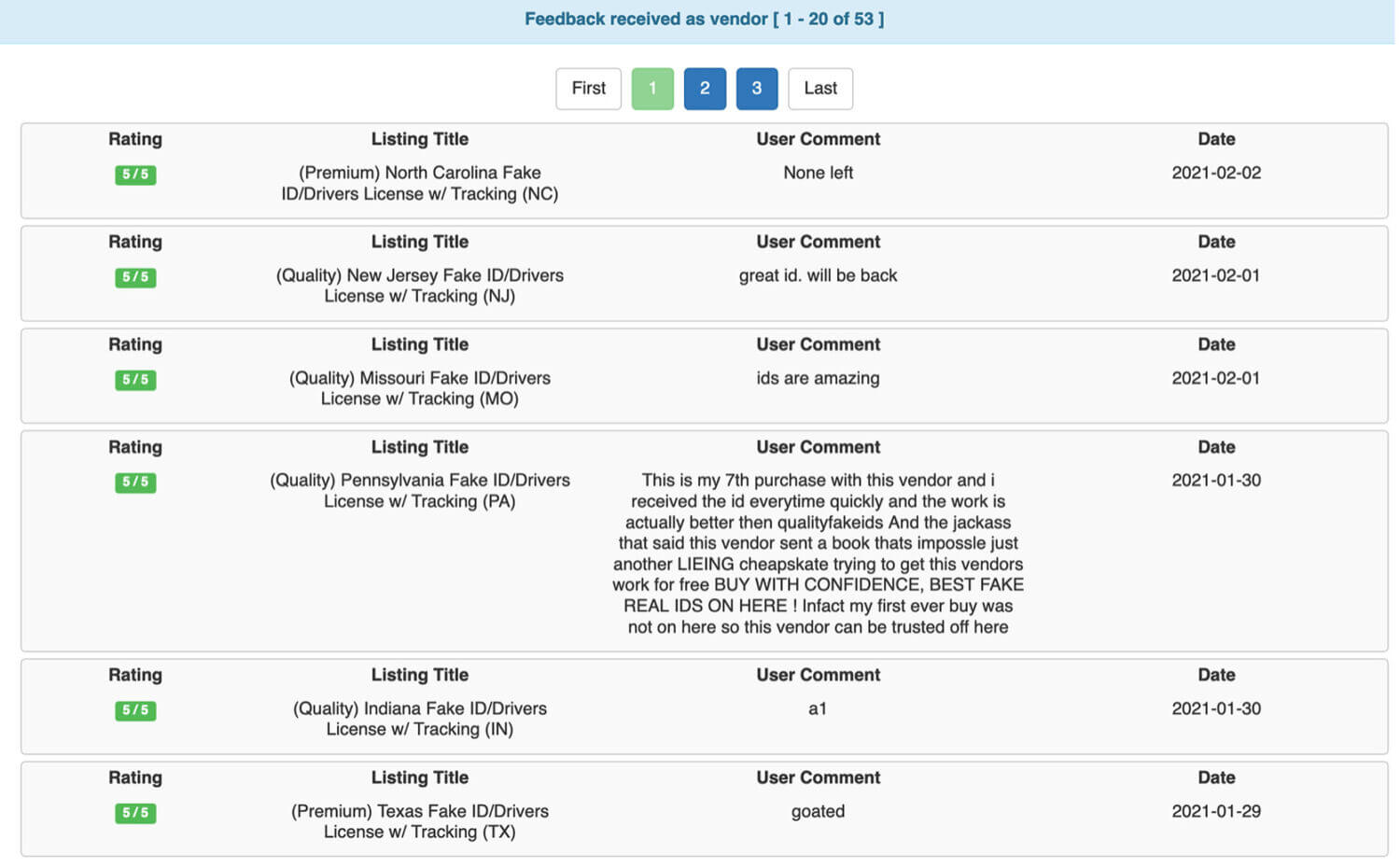As the world took an exerted leap into the digital realm during the pandemic, hackers leaped right in after them. Naturally, their favorite marketplace, the dark web, has been buzzing with activity.
If you’ve ever had an account hacked, the chances are it ended up on the dark web, several clicks away from a stranger’s possession.
Let’s look at the dark web, how much your stolen accounts cost, and what you can do to protect yourself.
What Is the Dark Web?
Cybercriminals flock to the dark web mainly because of its anonymity. Using a special browser such as Tor, a user’s internet connection is bounced through many relays, making the connection almost impossible to track.
Search engines do not index the marketplace. You can think of it as an illegal Amazon where vendors operate anonymously. They sell everything from drugs to credit card information to hacked account details. And despite the flurry of illegal activity, the dark web has evaded shutdown. As soon as authorities neutralize one vendor, several more pop up in its place.
Check out this quick video detailing the dark web:
And it’s only been growing in popularity. According to one study, dark web activity has steadily grown each year since 2012.
How Much Do My Hacked Accounts Cost?
At this point, you might wonder if your accounts have been hacked and which types end up on the dark web. This illegal marketplace knows no limits in terms of account types. Everything from passports to IDs to Netflix accounts is up for sale. And many of them are cheaper than you might’ve thought.
Financial Accounts
According to the Dark Web Price Index 2021 by Privacy Affairs, criminals can profit from hacked credit cards. If your stolen credit card has a balance of up to $5,000, it will only cost a cybercriminal $240 to get the full details of the account.
Cloned credit cards cost around $30 to acquire.
If someone wants more than $3,000 transferred from their stolen PayPal account, it will cost them a mere $180. The login information from 50 hacked PayPal accounts costs $200.
It costs criminals a bit more to access a hacked cryptocurrency account. A hacked and verified Coinbase account goes for $610, while a hacked and verified Binance account costs $410.

Social Media Accounts
If you make your living through social media, your livelihood is worth a lot less on the open market than you might think. Most hacked social media accounts cost between $30 and $80.

You can buy 1000 followers for your Spotify account for as little as $2, and the following costs $12 for LinkedIn.
Forged Documents
Passports were among the more expensive items listed on the Dark Web Price Index. Physical passports range from $1,500 at the lowest (Lithuanian) to $6,500 at the highest (Maltese).
A U.S. driver’s license fetched $100, while various state IDs cost $100 – $200.

Hacking Services
Hackers also offered their services on the dark web. For $10, bad actors can acquire 600k emails from New Zealand, 2.4 million emails from Canada, and 4.78 million emails from Mexico.
They offered various malware and DDOS attacks ranging from $50 to $5,000.
What You Can Do to Protect Yourself
It can be scary to see the reality of the inner workings of the hacker underworld. And it can be disheartening to see how little your valuable information and accounts are worth.
But you can still protect yourself and greatly decrease the likelihood of your information being sold.
Whenever dealing with a sensitive account that you want to protect, follow these basic guidelines:
Use a strong password
You should always create a long, varied password for sensitive accounts. The degree of difficulty it takes to hack a password changes exponentially with each extra digit added.
Never use predictable information from your life, such as your address or pet’s name. Aim for a password containing at least 16 digits varied with letters, numbers, and symbols.
Enable two-factor authentication
Let’s say a hacker still somehow acquires your long, varied password. If you enable two-factor authentication (2FA), they still won’t have access to your account. They would likely need your phone to access the unique, one-time code required after you log in.
Most accounts have a 2FA setting available to activate.
Be wary of public wifi
If you frequent public places such as libraries or coffee shops, where a password does not protect the internet, you expose yourself to risk. Hackers can use unprotected wifi to gain easier access to your personal information.
Even if your banking password isn’t saved on your computer, they can still access details from your life that may help them infiltrate some of your accounts.
Avoid checking sensitive accounts when using public wifi.
Familiarize yourself with phishing scams
Whether through a phone call, email, or text, thoroughly investigate anyone, even hinting that you need to change your password.
If someone sends you a link to update your credentials, thoroughly examine the link and website. Oftentimes, phishers will create a duplicate website that looks official but contains some irregularities. Sometimes their email addresses may contain a word like ‘Venmo’, but it won’t be an official company email address.
If anyone ever asks for your password, it’s safe to assume they’re hackers.
If you think you’ve been hacked, immediately contact a cybersecurity expert at Hacked.com.
Featured image by Sergey Nivens from Shutterstock.com